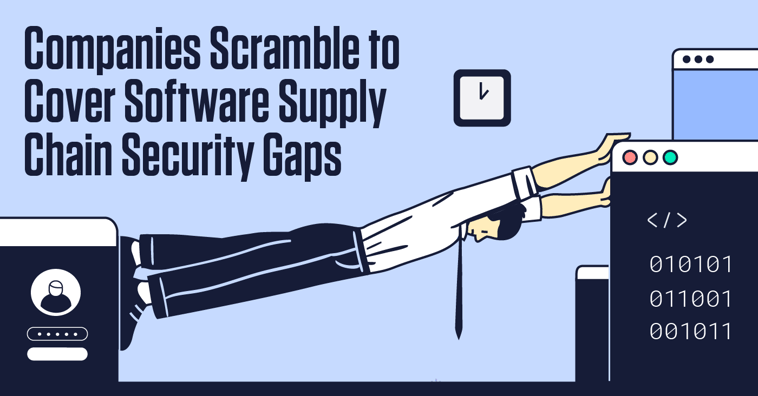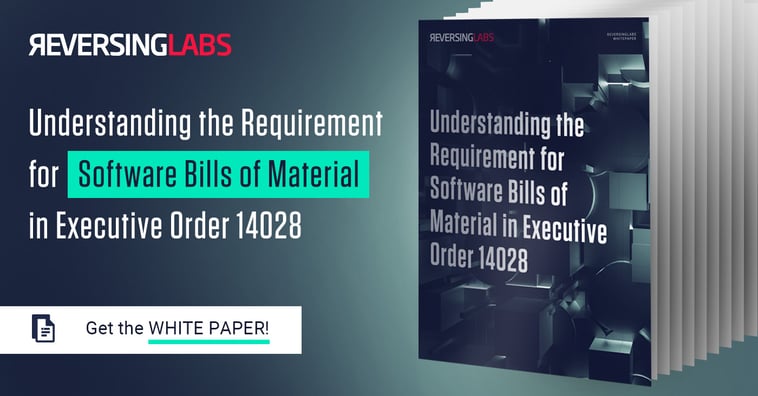What is an SBOM?
A Software Bill of Materials (SBOM) is a comprehensive inventory of all the open-source and third-party components constituting a codebase. It goes beyond merely listing these components; an SBOM also includes vital information such as the licenses governing these components, their specific versions used in the codebase, and their patch status. This detailed breakdown of a software project allows security teams and developers to quickly identify potential vulnerabilities or licensing issues, thus enhancing overall software security and compliance.
Why is understanding SBOMs important?
Security assurance: By providing visibility into the software's component makeup, SBOMs allow an organization to identify and address vulnerabilities promptly, reducing the risk of security breaches.
License compliance: Knowing the licenses associated with each component helps organizations ensure they comply with licensing requirements, minimizing legal risks.
Efficient patch management: SBOMs assists in tracking component versions and their patch status, enabling organizations to prioritize and apply updates effectively.
Risk mitigation: SBOMs helps proactively manage risks associated with third-party software components, making it easier to address potential issues before they become critical.
Software supply chain security: As supply chain attacks become more prevalent, SBOMs play a pivotal role in securing the software development and distribution process.
Different types of SBOMs
Development: Developers use SBOMs to gain crucial insights into their software project's complex dependencies, which include open-source libraries and third-party components. SBOMs empower developers to make informed decisions during development, leading to improved code quality and enhanced code security. They allow them to assess component quality, select those aligning with project objectives, and identify vulnerabilities or licensing issues for proactive resolution, enabling the creation of functional, secure, and reliable software.
Security: Security teams rely on SBOMs to bolster an organization's software security, especially in today's evolving cyber threat landscape. SBOMs offers a rapid and accurate means of identifying vulnerabilities by providing an all-encompassing inventory of software components, their versions, and patch statuses. This data enables efficient vulnerability pinpointing and prioritization, ultimately reducing the attack surface and minimizing cyberattack opportunities. Furthermore, SBOMs serve as a foundational resource for threat modeling and proactive risk assessment, strengthening the overall security posture of the software ecosystem.
Compliance: Legal and compliance teams ensure adherence to licensing agreements and regulations in an organization's software projects, with SBOM as an indispensable tool. SBOM's transparency about software licenses allows these teams to cross-reference them with agreements, preventing costly legal disputes and safeguarding the organization's reputation. SBOMs aid in monitoring software components and license changes over time, ensuring ongoing compliance as software evolves.
Risk management: Risk management teams leverage SBOMs to systematically assess and prioritize potential hazards in third-party software components, including security vulnerabilities and reliability concerns. An SBOM's systematic analysis enables identifying vulnerable dependencies, evaluating their impact, prioritizing mitigation strategies, ensuring proactive risk management, and safeguarding against operational disruptions and security compromises.
Supply chain management: By harnessing SBOMs, organizations can meticulously verify the authenticity and integrity of software components acquired from suppliers and third-party sources. SBOM acts as a comprehensive reference, containing detailed information about each component. Organizations can cross-reference this data with external sources to validate that these components have not been tampered with or compromised during transit. This verification process is a robust defense against supply chain attacks, where malicious actors seek to introduce vulnerabilities or malware into the software supply chain, ultimately safeguarding the organization's digital assets.
Business benefits of SBOMs
Enhanced security: SBOMs help prevent security breaches by identifying and addressing vulnerabilities early.
Legal compliance: Avoid legal complications and fines by ensuring compliance with open-source licenses.
Cost reduction: Efficiently manage software updates and patches, reducing maintenance costs.
Reputation protection: Proactive risk management through SBOMs safeguards an organization's reputation.
Supply chain resilience: Strengthen your supply chain against cyber threats with SBOMs.
How to limit attacks using SBOMs
Regular audits: Perform regular audits of your software components to identify vulnerabilities.
Patch management: Develop a robust patch management strategy based on SBOM data to ensure timely updates.
Education and training: Train your development and security teams on SBOM best practices.
Vendor assessment: Assess the security practices of third-party vendors based on their SBOMs.
Integration: Integrate SBOMa into your software development lifecycle for continuous monitoring.
SBOM use cases
Cybersecurity: Identifying and mitigating vulnerabilities in software.
Compliance: Ensuring compliance with open-source licenses.
Risk management: Assessing and mitigating risks associated with software components.
Supply chain security: Verifying the integrity of software supply chains.
Software development: Improving code quality and security.
Learn more
For further insights into SBOMs, explore the following articles etc.:


